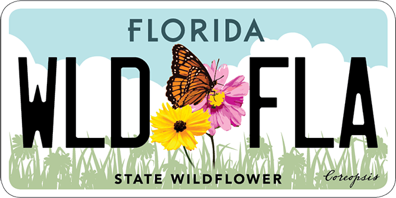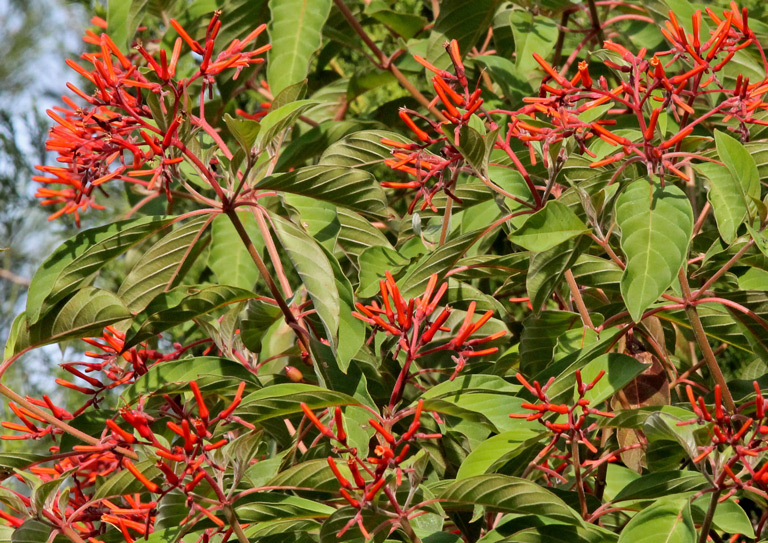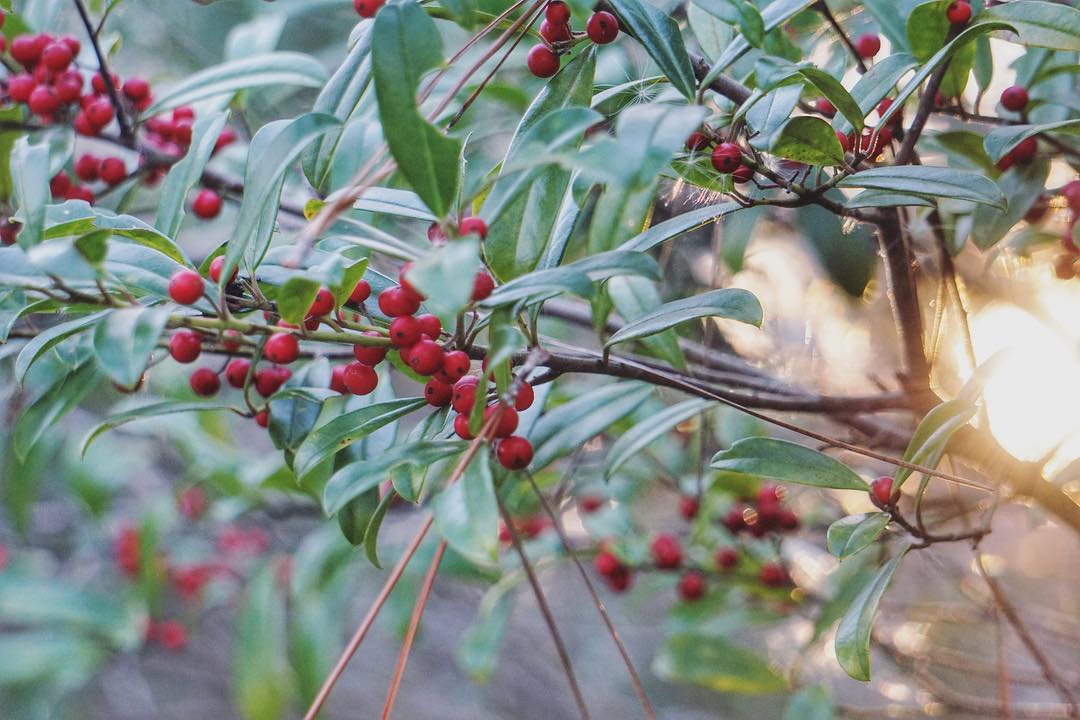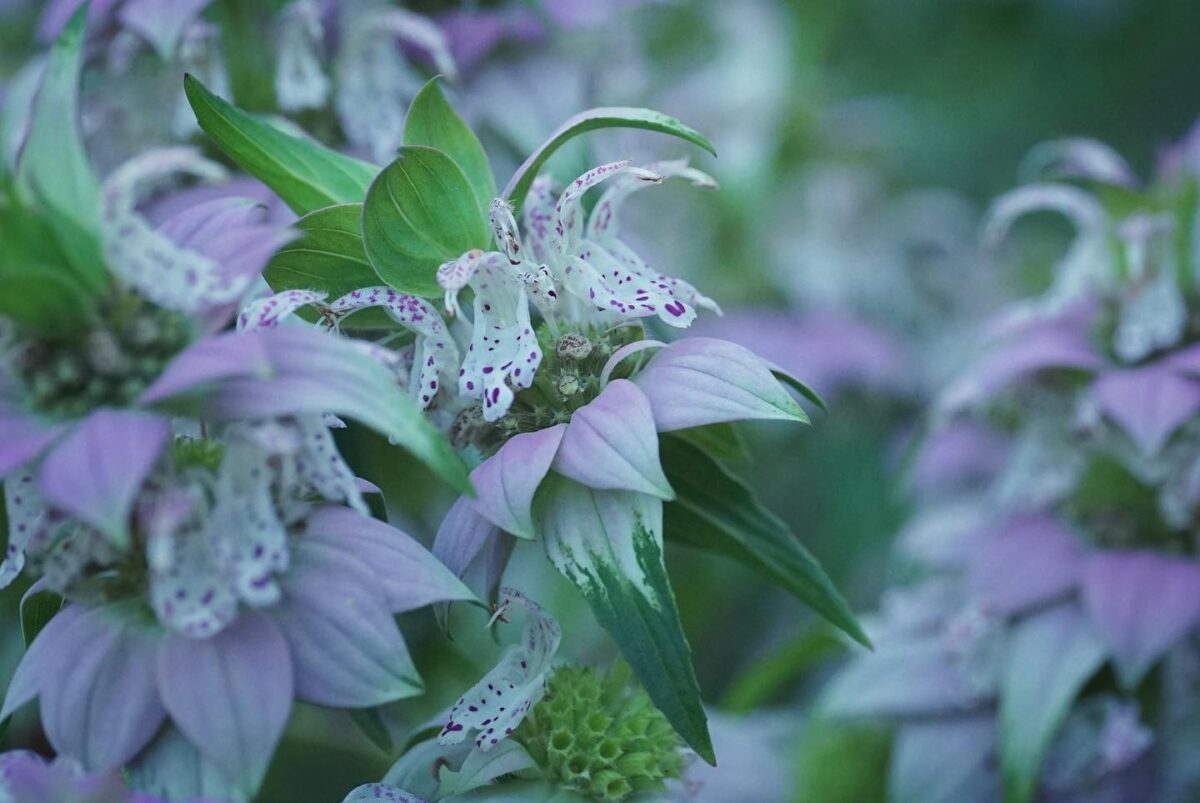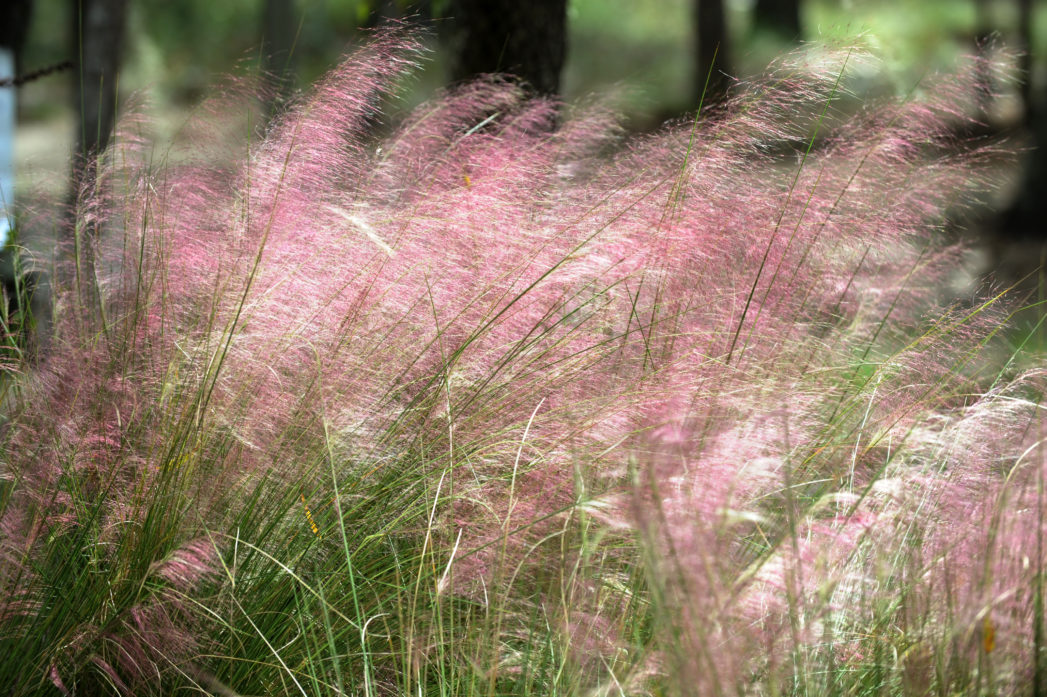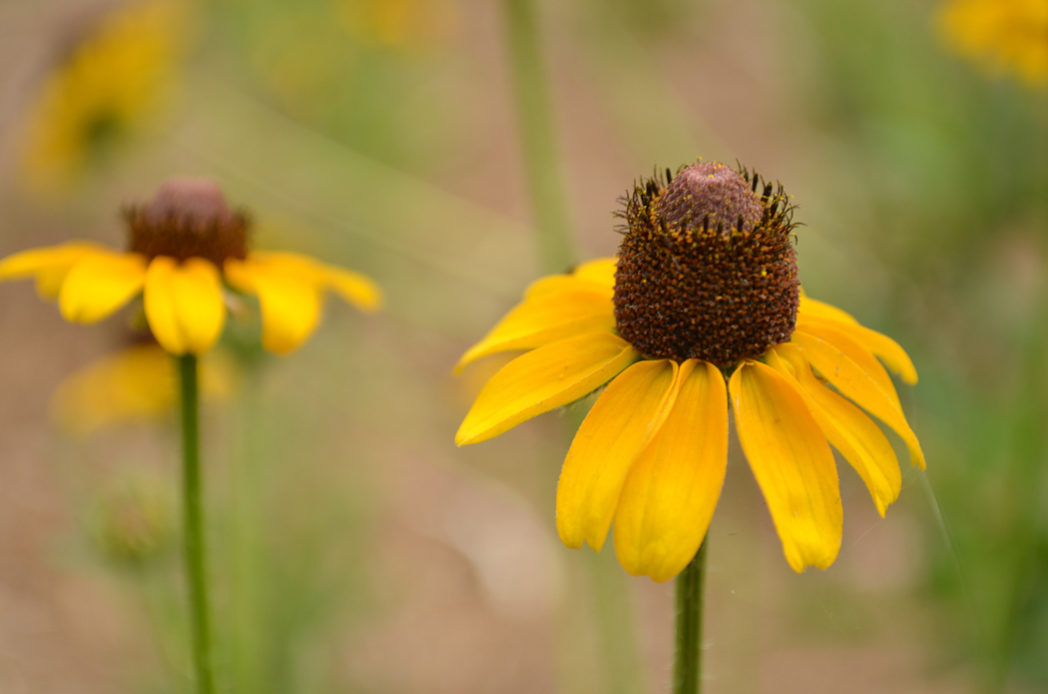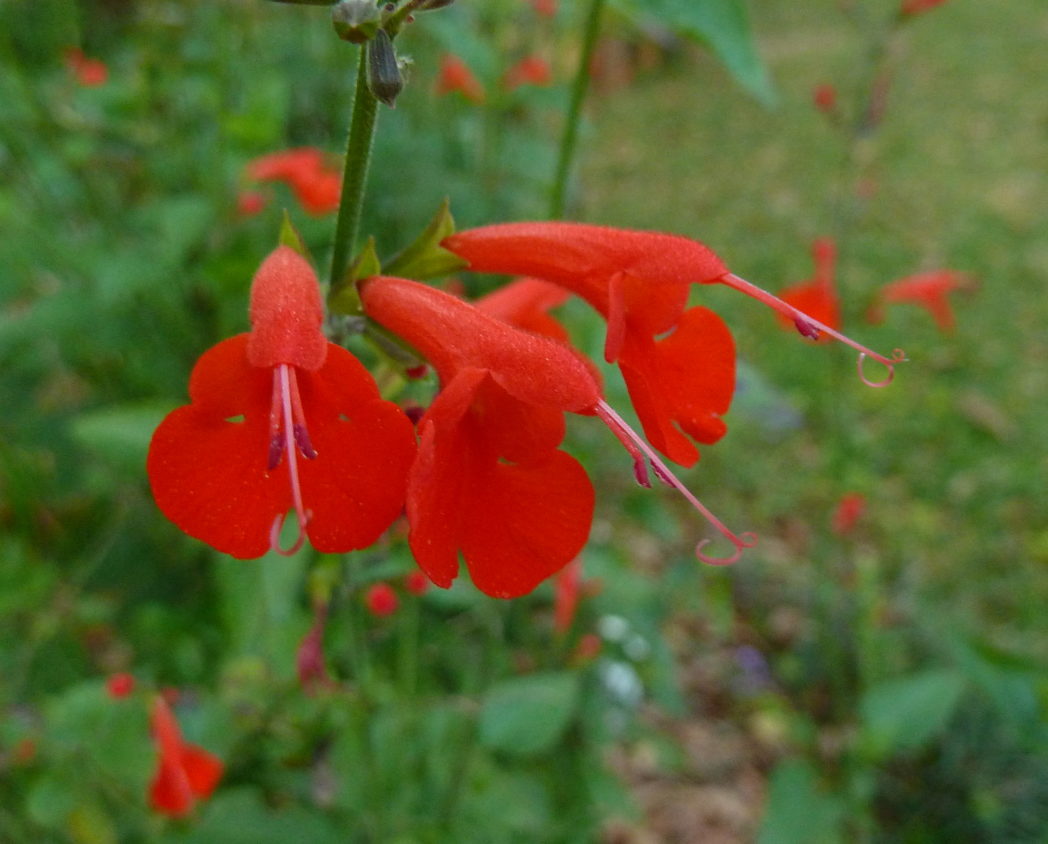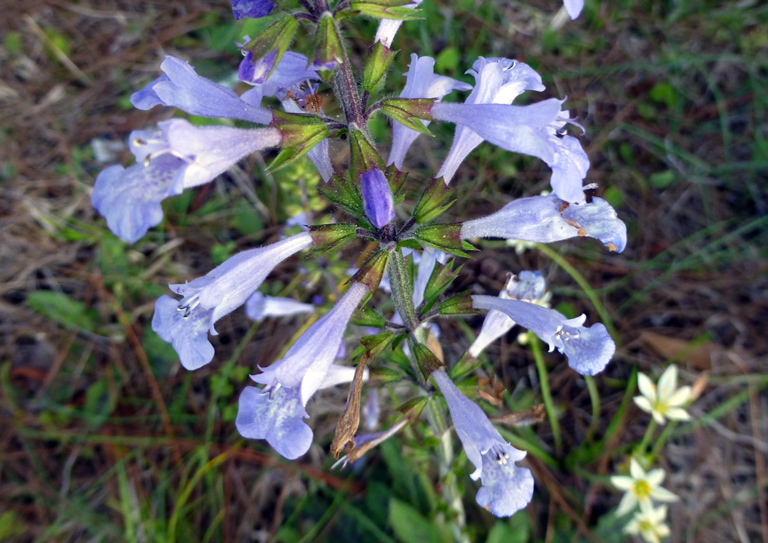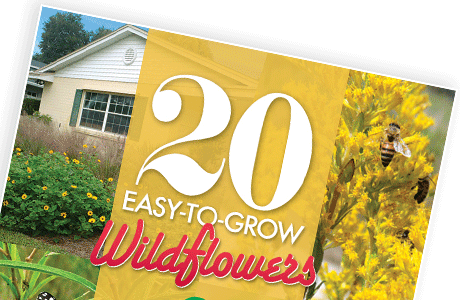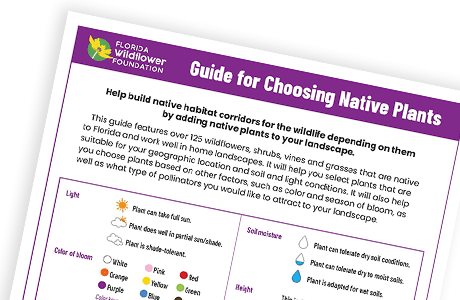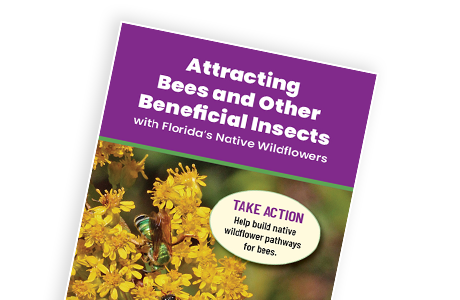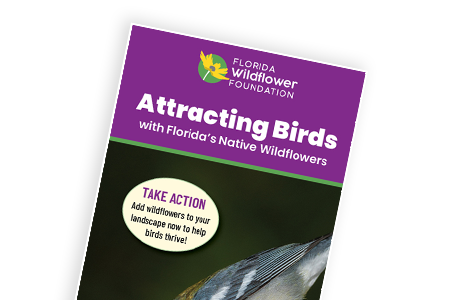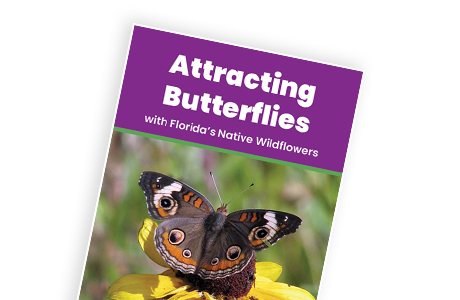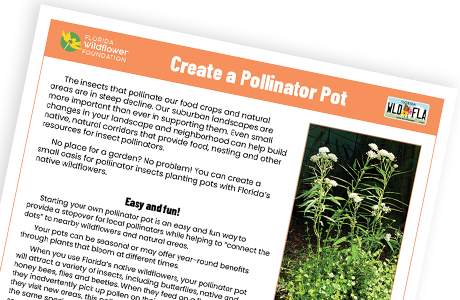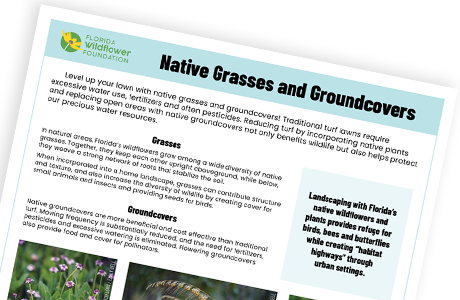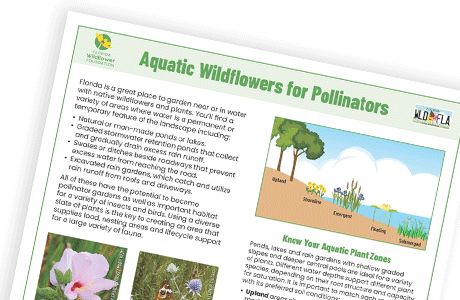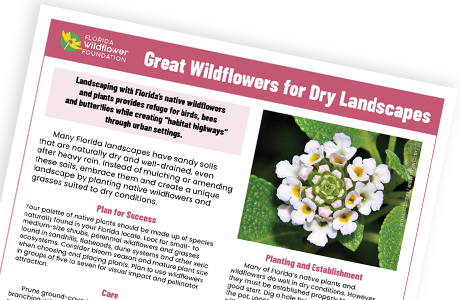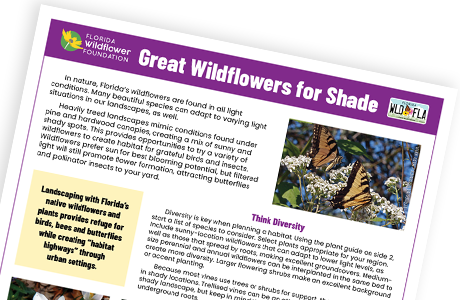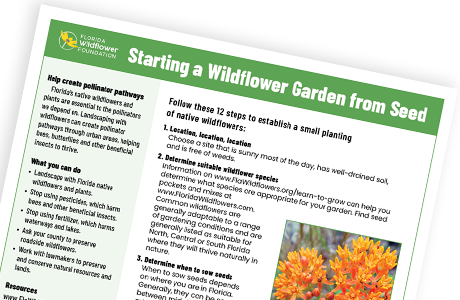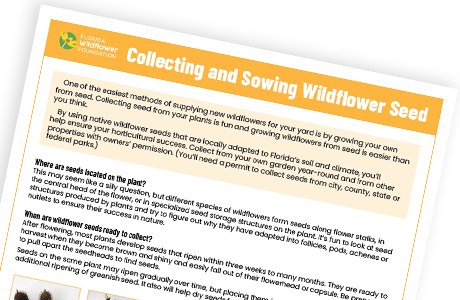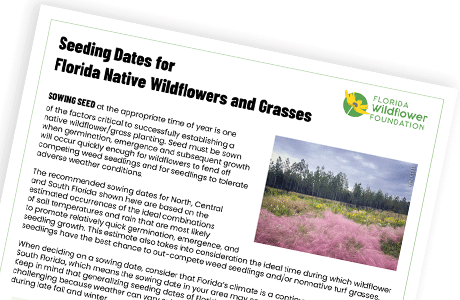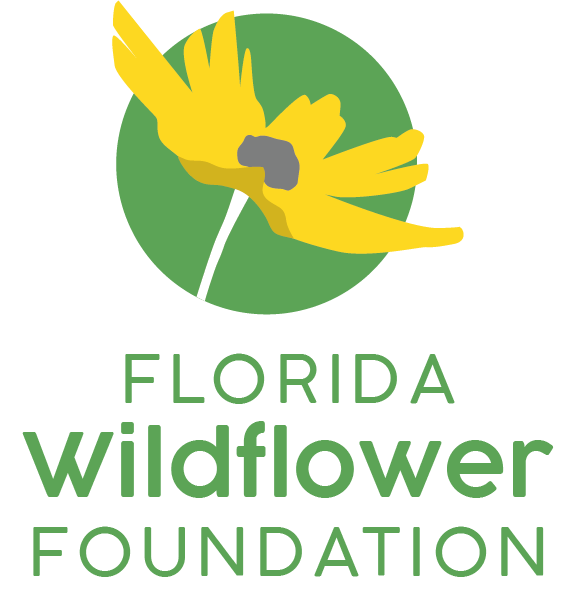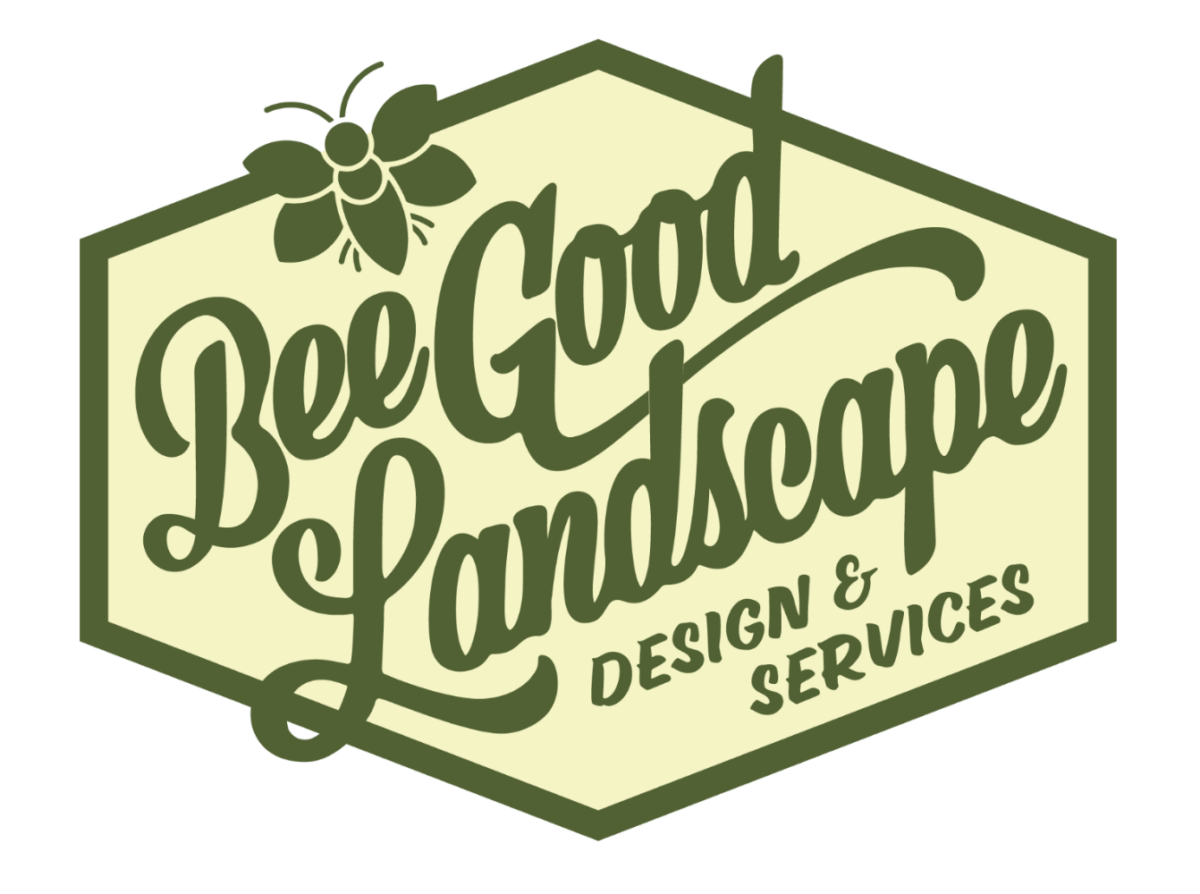Bee City Gainesville— Native Plant Garden at Evergreen Cemetery
This demonstration garden utilizes Florida native wildflowers, grasses and shrubs that provide vital resources for native butterflies, bees, birds and other wildlife. Click for a full list of plants utilized in the garden.
DID YOU KNOW?
Florida native plants are adapted to thrive in our climate, conditions and soil. They need less water than other plants, and require no fertilizers, pesticides or other chemicals. This saves precious water resources and keeps excess nutrients from polluting lakes, rivers and streams.
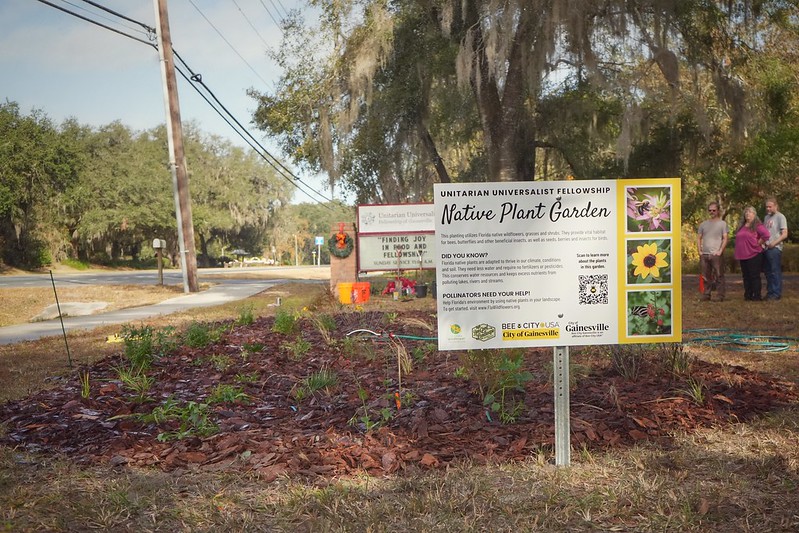
Photo by Emily Bell
The City of Gainesville received its Bee City USA designation in November 2022. An initiative of the Xerces Society, Bee City USA’s mission is to galvanize communities to sustain pollinators by providing them with healthy habitat, rich in a variety of native plants and free of insecticides. Pollinators like bumble bees, sweat bees, mason bees, honey bees, butterflies, moths, beetles, flies, hummingbirds, and many others are responsible for the reproduction of almost ninety percent of the world’s flowering plant species and one in every three bites of food we consume.
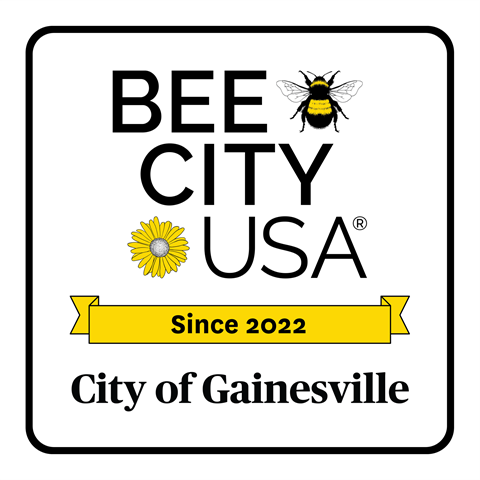
The Florida Wildflower Foundation protects, connects and expands native wildflower habitats through education, research, planting and conservation. Learn more at FlaWildflowers.org.
Native Garden at Evergreen Cemetery — Featured Plants
The following native species were planted in the UU Fellowship’s native plant garden:
Firebush
Dahoon holly
Spotted beebalm
Muhlygrass
Black-eyed Susan
Tropical sage
Lyreleaf sage
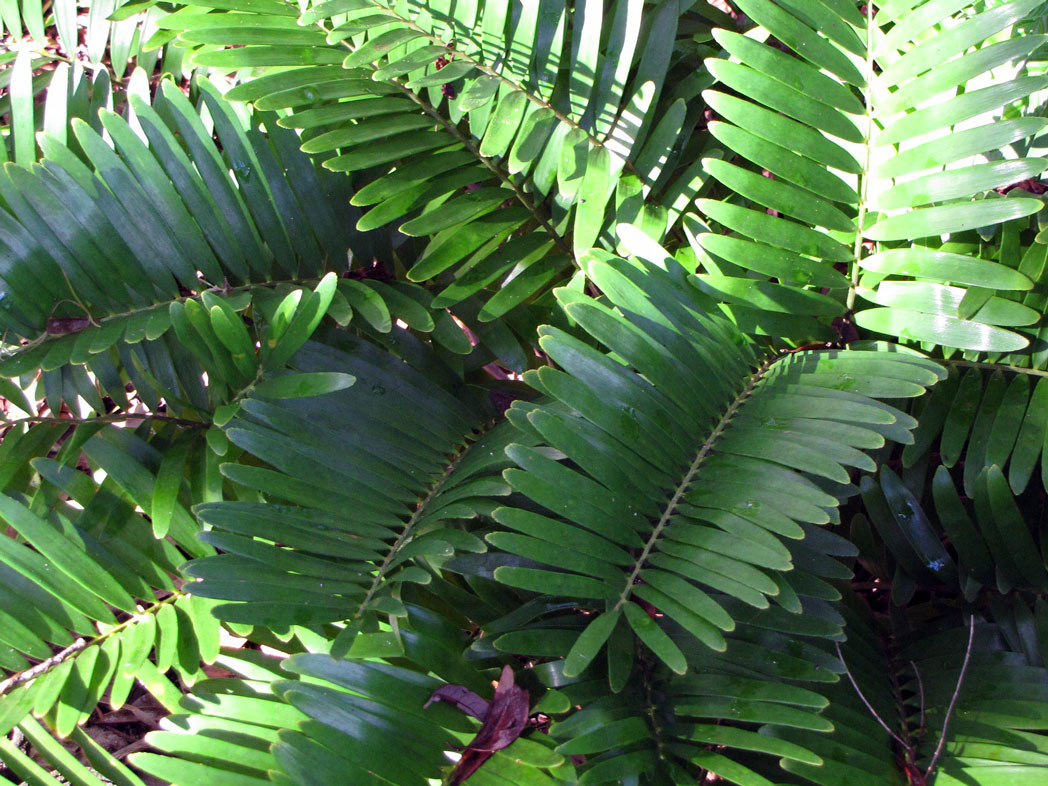
Coontie
Coontie (Zamia integrifolia) is a long-lived, low-growing evergreen cycad. It is also the larval host for the Atala butterfly. (Photo: Forest and Kim Starr (CC BY 2.0))
Pollinators need your help!
Help Florida’s wildlife and environment by using native wildflowers and plants in your landscape. Click here to learn more about planting, selecting and maintaining native plants, or check out these resources:
The garden was made possible by the Florida Wildflower Foundation in partnership with Unitarian Universalist Fellowship of Gainesville, Bee Good Landscape and the City of Gainesville. Check out images from the inaugural planting on Saturday, December 13, 2024 here.
